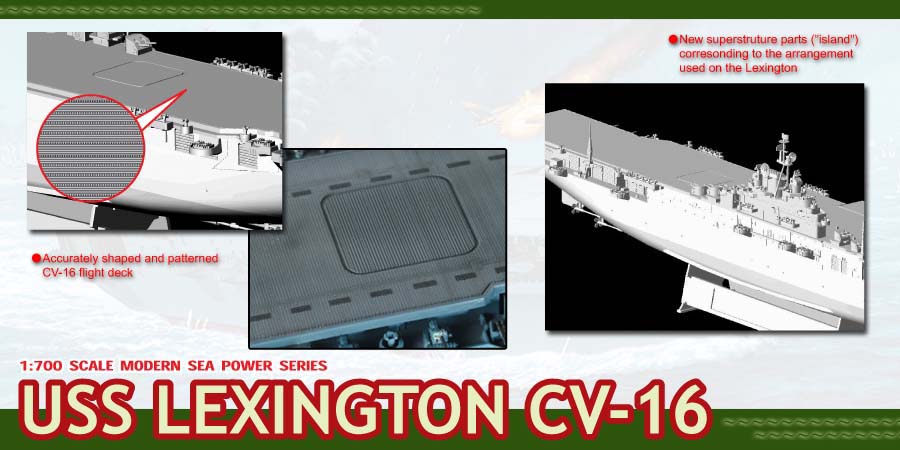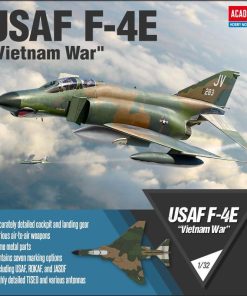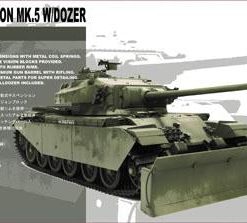Dragon Model Ships 1/700 USS Lexington CV16 Aircraft Carrier Kit Estimated Shipping: 2-3 Business Days
$ 46,95 $ 28,17
After Caribbean shakedown and yard work at Boston, Lexington sailed for Pacific action via the Panama Canal, arriving Pearl Harbor August 9, 1943. She raided Tarawa in late September and Wake in October, then returned to Pearl Harbor to prepare for the Gilbert Islands operation. From 19 to 24 November she made searches and flew sorties in the Marshalls, covering the landings in the Gilberts. Her aviators downed 29 enemy aircraft on 23 and 24 November.
After the war, the Lexington was decommissioned at Bremerton, Wash., April 23, 1947 and entered the Reserve Fleet there. Designated attack carrier CVA-16 on October 1, 1952, she began conversion and modernization in Puget Sound Naval Shipyard on September 1, 1953, receiving the new angled flight deck.
Into 1969, Lexington has operated out of her home port, Pensacola, as well as Corpus Christi and New Orleans, qualifying student aviators and maintaining the high state of training of both active duty and reserve naval aviators. Her work has been of increasing significance as she has prepared the men vital to the continuing Navy and Marine Corps operations over Vietnam, where naval aviation played a major role. Lexington marked her 200,000th arrested landing October 17, 1967 and was redesignated CVT-16 on January 1, 1969.
She continued as a training carrier for the next 22 years until decommissioned on November 8, 1991. On June 15, 1992, the ship was donated as a museum and now operates as such in Corpus Christi, Texas. She has an IMAX theatre. Lexington has been designated a National Historic Landmark.
Lexington received the Presidential Unit Citation and 11 battle stars for World War II service.
Main Features:
- true to 1:700 scale
- newly tooled whip antenna
- whip antennas also can be formed out of photo-etched metal
- flight deck which replicates CV-16’s
- completely new twin 20mm and Army M45 0.50 quadruple anti-aircraft MGs and mounts
- new superstructure parts (“island”) corresponding to the arrangement used on the Lexington
- contains parts so all hull-side doors can be modeled in an open, half-open or closed position – flight deck elevators can be posed raised or lowered – option of either a waterline version or a full hull version with presentation stand
- different types of radar provided
- hangar deck with interior details – onboard aircraft comprising SB2C (new-tooled), F6F Hellcat and TBF/M Avenger are conveniently constructed in transparent plastic
Bonus Items:
- Bonus new-tooled tug boat
- Bonus transparent flight deck to show off the interior details
Decals/Photo etched:
- Cartograf decals offer accurate marking schemes
- 1:700 photo-etched deck crew is included
Professionally packed and fast shipping
Because of our long-standing partnership with UPS, FedEx, DHL and many other top global carriers we can provide an array of shipping options. Our warehouse staff are highly skilled and will pack your products according to our exact and precise specifications. Your products will go through an extensive inspection and will be properly secured before they are shipped. We ship to thousands clients every day in a variety of countries. Our determination to be the biggest online retailer around the globe is evident by this. Warehouses and distribution centers are located throughout Europe and the USA.
Orders with more than one item are given processing time in accordance with the item.
Before shipping, we will examine the items ordered thoroughly before sending the items. Today, the majority of orders will be delivered within 48 hours. The expected delivery time will be between 3 and 7 days.
Returns
Due to the multiple parties involved which include the factory as well as the warehouse, we are unable to completely manage our stock. So the actual stock may change at any time. Be aware that it's possible for your order to become unavailable even after you have placed the order.
Our policy is valid for 30 days. However, if thirty days have passed after you bought your product, we are unable to provide a refund or exchange.
Your item should be in the original packaging and in good condition. It must also not be used. It should also be in the original packaging.
Related products
MILITARY MODEL
Ace Military 1/72 Super Snipe Military Station Wagon Kit Estimated Shipping: 2-3 Business Days
MODEL AIRCRAFT
MILITARY MODEL
Ace Military 1/72 AML90 Light Armoured 4×4 Vehicle Kit Shipped From Internet Hobbies Warehouse
MODEL AIRCRAFT
MODEL AIRCRAFT
Airfix Aircraft 1/72 Messerschmitt Me262A2A Fighter Kit Estimated Shipping: 2-3 Business Days
MODEL AIRCRAFT
Academy Aircraft 1/32 F4E USAF Fighter Vietnam War Kit Estimated Shipping: 3-4 Business Days
MODEL AIRCRAFT
MODEL AIRCRAFT
Airfix Aircraft 1/72 Bristol Bulldog Aircraft Kit Estimated Shipping: 2 to 3 Business Days
MODEL AIRCRAFT
MILITARY MODEL
Ace Military 1/72 RDS1 Soviet Atomic Bomb w/Trailer Kit Estimated Shipping: 2-3 Business Days
MODEL AIRCRAFT
MODEL AIRCRAFT
A Model From Russia 1/72 Da42MNG Twin-Engine Aircraft Kit Estimated Shipping: 2-3 Business Days
MILITARY MODEL
MODEL AIRCRAFT
MODEL SHIPS
AFV Club Ships 1/700 ROCN Chi Yang Knox-Class Frigate Kit Estimated Shipping: 2-3 Business Days
MILITARY MODEL
Ace Military 1/72 3-inch Mk I OSB Smith Gun Kit Estimated Shipping: 2-3 Business Days
MILITARY MODEL
AFV Club Military 1/35 Centurion Mk V Tank w/Dozer Kit Estimated Shipping: 2-3 Business Days
MODEL AIRCRAFT
Airfix Aircraft 1/48 DH82a Tiger Moth Aircraft Kit Estimated Shipping: 2-3 Business Days


























































